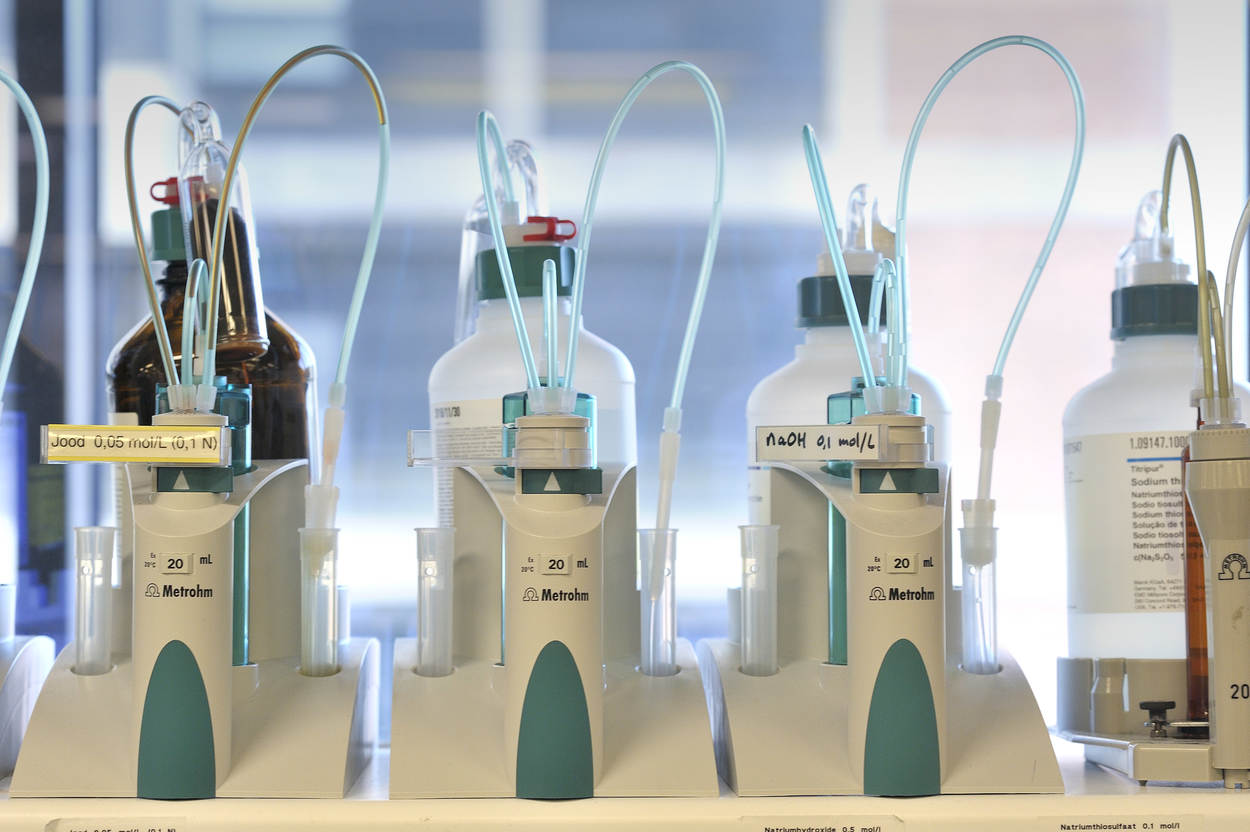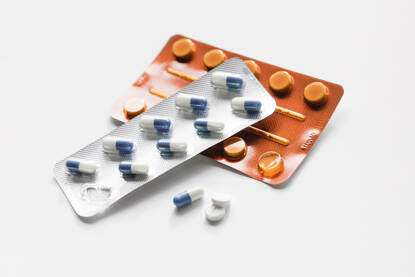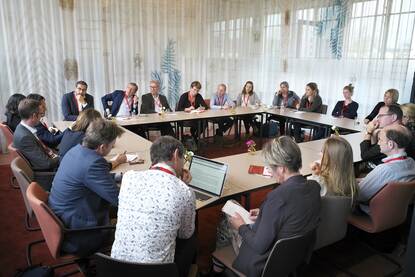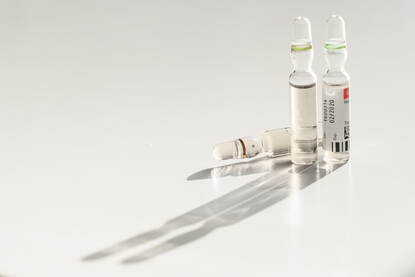
Hsiaotzu Chien: Animal-free testing of cell-based medicinal products
Project of Hsiaotzu Chien, Master-student of Utrecht University. She performed her research internship at the Medicines Evaluation Board (CBG-MEB) under supervision of Dr. Jan Willem van der Laan (senior non-clinical assessor).
“Can we test human cell products in animals for toxicity? Is it feasible?” Cell-based medicinal products (CBMPs) consist of viable cells of human origin. Human cells behave differently once receiving different signal cues from the surrounding microenvironment. Different animal species display different cell surface markers, activation factors, expression pattern of specific genes, and possess distinct sets of immune systems. Therefore, the species-specific differences make testing human cell products in animals for toxicity challenging, leading to poor data reliability and low predictive value. In most cases, the outcome of animal tests is not translatable to human situations, raising considerable doubts over the clinical relevance of animal testing of CBMPs.
In the light of this uncertainty, a project was launched by the Ministry of Agriculture, Nature, and Food Quality of the Netherlands, in collaboration with CBG-MEB and RIVM (the Dutch National Institute for Public Health and the Environment), with an objective to study the possibility whether advanced therapy medicinal products (ATMPs) could be developed safely for human use without animal testing. The ultimate aim is the transition to animal-free innovation. In my project, I investigated whether there are animal-free possibilities to demonstrate the safety of CBMPs.
By analysing CHMP Scientific Advice reports and the associated joint reports of the Scientific Advice Working Party written for 84 CBMPs in 2013 to 2019, my research revealed that approximately 70% of human cell products were tested in animals for toxicity, especially when the products consisted of T cells, mesenchymal stem cells, and CD34+ haematopoietic stem cells. Only 5-12% of total products were tested with animal-free methods. Of note, no animal toxicity studies were performed to demonstrate the safety of dendritic cell-based products. The performed toxicity studies were general toxicity (55%), immunogenicity (29%), safety pharmacology (19%), and a very low number of reproductive toxicity studies (2%). The model systems used for animal toxicity studies were classified into either heterologous (human-into-animal) or homologous (animal-into-animal) settings, and they could roughly be divided into rodents (mice or rats), large animals (pigs, sheep, goats, horses, and dogs), and non-human primates.
When looking at the safety package of products with animal toxicity studies, there were approximately 53% of animal toxicity studies that were deemed informative by the regulators but around 30% classified as unnecessary. Notably, around 36% of products received split opinions, indicating that for some regulators the “informative animal toxicity studies” were not that helpful in the development of such products. When analysing the safety package of products without in vivo toxicity studies, we found that the informativeness of the safety package with in vivo toxicity data heavily relied on clinical experience and subsequently in vitro safety studies, with a percentage of products over 90% and ~30%, respectively.
An in-depth analysis was carried out which safety information from animal data was deemed beneficial to the clinical setting from the perspectives of regulators and what the clinical impact was of the animal toxicity studies. In general, the regulators thought information on safety margin, dose selection, and local tolerance could be extracted from animal data derived from heterologous models.
The observed adverse effects that were most commonly discussed were pulmonary thrombosis, effects caused by high doses, immunological effects, and effects that were difficult to interpret. However, none of these were clinically relevant, contributing to implantation of new endpoints, or characterised unidentified potential toxicity of products to humans. Most observed adverse effects were related to interspecies differences or the pathological conditions of the disease itself.
Based on the analysis, the comments on the conducted/planned animal toxicity studies provided on the scientific advices were not always clear. In many cases, regulators suggested to perform animal toxicity studies but did not specifically indicate in which animal models a specific product should be tested except for the immunodeficient NSG mouse model (NOD scid gamma mouse, carrying the strain NOD.Cg-Prkdcscid Il2rgtm1Wjl/SzJ), which was clearly indicated for testing CD34+ haematopoietic stem cell.
In conclusion, the clinical value of animal toxicity studies for CBMPs is very low. No clinical impact has been identified after scrutinizing scientific advices. Our analysis revealed that the accumulated animal and human data together with a risk-based approach and in vitro safety studies could be developed as alternative regulatory approaches to support the newly developed CBMPs to proceed to clinical trials. Among abovementioned approaches, clinical data played the most crucial role in terms of product safety assessment. Our data serve as a start to study transition to animal-free innovation. We envisage that a gradual shift toward animal-free testing of CBMPs will be the future trend in the development of such products.
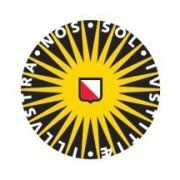
My Nguyen: Investigation on the use of a foreign innovator as reference for generic applications
One of the studies has been completed recently by My Nguyen (Pharmacy student from Utrecht University) in collaboration with the Singaporean regulatory agency (i.e. Health Sciences Authority, supervised by Clare L. Rodrigues and Tiong Toh) and colleagues from the MEB (Abby Yu and Marc Maliepaard).
The efficacy and safety of generic drugs usually refer to a reference drug (e.g. innovator drugs) based on the demonstration of comparable bioavailability to the reference drug. In principle, the reference drug should be the innovator drug on the market of the region or country. However, sometimes it is difficult or impossible to use the innovator drug in studies. Some countries/regions therefore accept alternatives (e.g. foreign innovator drugs or local selected generic drugs) as the reference drug under certain conditions. In Europe, the reference drugs are still the European innovator drugs only. It leads to difficulties in generic applications once the innovator drugs are not available. Consequently, it may increase the risk of drug shortage in Europe. Currently, it is not clear how severe the situation in the European Union (EU) is of losing innovator drugs, but because of Brexit the situation is expected to be worse in the future. Therefore, investigations of the possibilities of accepting alternatives are warranted. As a competent authority in EU, the Medicines Evaluation Board (MEB) initiated this investigation. Several studies have been conducted by students in the Regulatory Science Program. One of the studies has been completed recently by My Nguyen (Pharmacy student from Utrecht University) in collaboration with the Singaporean regulatory agency (i.e. Health Sciences Authority, supervised by Clare L. Rodrigues and Tiong Toh) and colleagues from the MEB (Abby Yu and Marc Maliepaard).
In Singapore, both foreign innovator drugs and local selected generic drugs are acceptable as the reference drugs for generic drug registrations under certain conditions. Comparisons of the registration data of generic drugs between Singapore and the EU allow us to evaluate whether the acceptance of the alternatives increases variability in drug exposure of generic drugs. The comparisons were performed for 12 active substances, and pharmacokinetic data from 349 bioequivalence studies (215 in EU and 134 in Singapore) were used.
In results, the variability in generic drug exposures (between studies) were not increased when foreign innovator drugs were used as reference drug in bioequivalence studies in all 12 active substances. When we looked at the reference drugs in Singapore and the EU, the variability was also comparable except that the AUC of montelukast had larger variability in Singapore than in the EU. It should be noted that although the Singaporean generic drugs are allowed to be used as the reference drugs, we did not find bioequivalence studies that used the generic drugs as reference in Singapore. The reference drugs in this study from Singapore were either foreign or Singaporean innovator drugs. Because of this we also looked into the variability in drug exposure between EU and non-EU innovator drugs, and only for etoricoxib the variability in AUC was higher in non-EU innovator drugs (data from 3 studies) than EU innovator drugs (data from 12 studies).
In conclusion, in the vast majority of investigated active substances use of foreign (different) innovators did not lead to an increase of variability in registered generic drugs, which supports the acceptance of foreign innovator drugs as reference in demonstration of bioequivalence in generic drug registrations. However, uncertainty is also seen with montelukast and etoricoxib cases. A larger study is warranted for confirmatory purposes, and the observed difference in variability of innovator drugs of montelukast and etoricoxib need to be explained.
